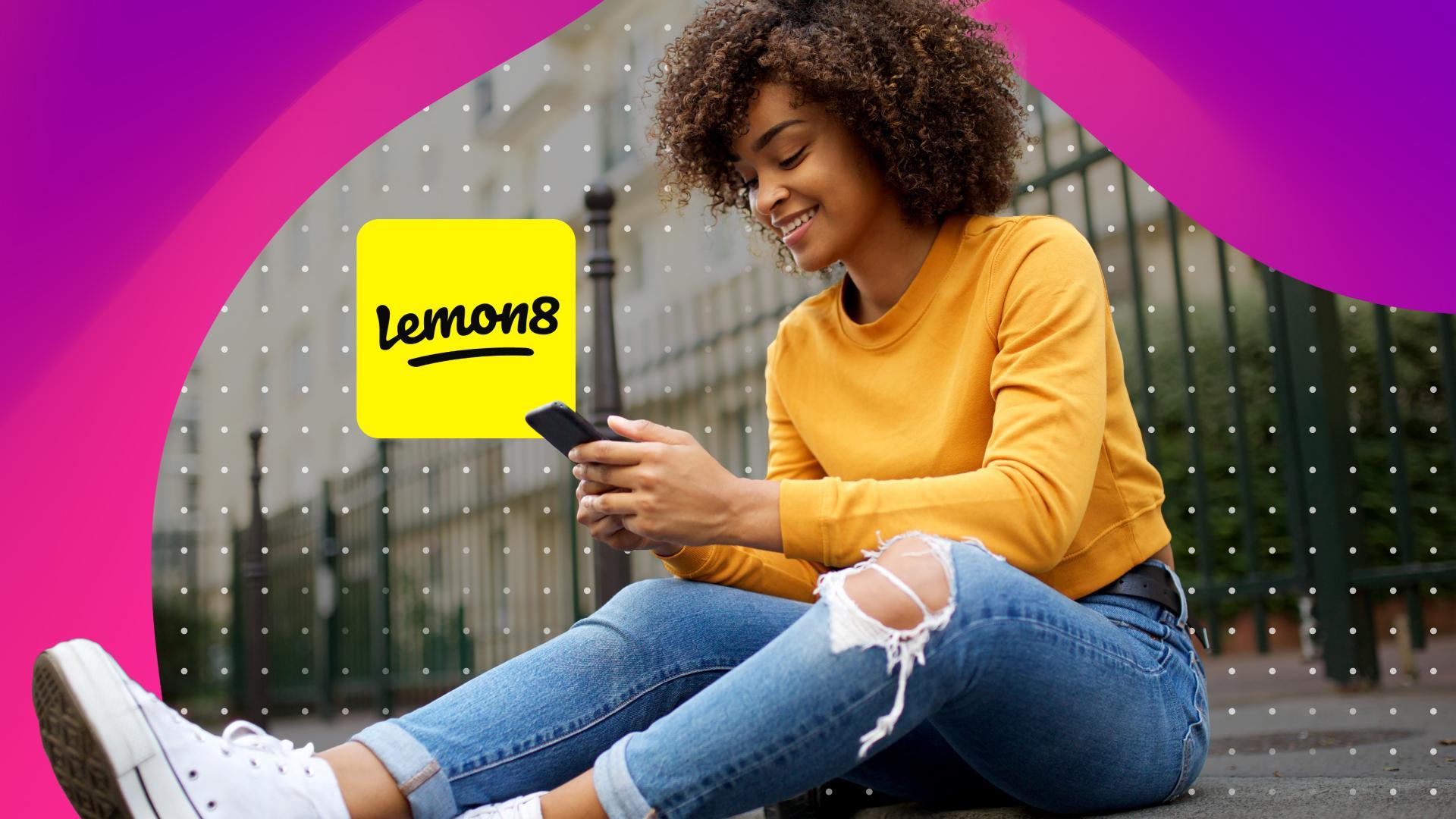MARKETING
What is Lemon8 & How Does It Work?

Over the past few weeks, the lifestyle content app, Lemon8, has been gaining popularity in the U.S. among Gen-Z and millennial content creators. In fact, it even joined the Top 10 lifestyle apps on the Apple App Store in late March.
It might seem like there’s a new social media platform every week, but Lemon8 is shaking up to be something big. Marketers should pay close attention – after all, when life gives you lemons, we need to make lemonade (or, Lemon8!).
In this blog post, we will walk you through what Lemon8 is, how it works, and how to leverage it organically for your brand.
What is Lemon8?
Created by TikTok’s parent company, Bytedance, the content creation app Lemon8 was formed to give people the space to share photos and videos in various categories, such as beauty, fashion, food, and much more. Users can curate their own authentic community on the app by engaging with other creators in the spaces they are interested in.
Though the app is gaining steam right now within the U.S., Lemon8 was originally rolled out in markets around the world in 2020.
How Does Lemon8 Work?
There are a few similarities to be drawn between TikTok and Lemon8, such as the personalized content recommendations based on user preferences and interactions. We see these personalized content recommendations come to life as a core part of the TikTok algorithm. For example, both apps have a “For You” feed that helps you discover new content and creators, paired alongside the “Following” feed where you can keep up with the creators you follow. However, while there are some similarities, there are also many differences between Lemon8 and TikTok.
Unlike TikTok, Lemon8 features a double-column feed giving you the ability to view a wide variety of content easily. Also different from TikTok is Lemon8’s focus specifically on health, beauty, fashion, and travel with the majority of the content being in pictures and words, not short-form video content.
How Brands Should Use Lemon8
While there are no opportunities to leverage Lemon8 from a monetization perspective as the app is still in the process of rolling out in the U.S., there is still an opportunity to use the app organically for your brand if you wish to be an early adopter on the platform. Below are some tips to do that:
- Focus on Photo – As called out above, the focus of the app leans much more heavily toward photos and carousels, and not video.
- Tell your story – In a post on Lemon8, you have the ability to lean into your brand’s storytelling ability as there is no character limit. It is still important to get your point across quickly while you have a user’s attention, but don’t be afraid to use words to tell a story.
- Use Hashtags – With content growing on the platform, use relevant hashtags to help your content become discovered
- Be Authentic – As is the case with most social media platforms these days, authenticity goes a long way with users, and on Lemon8 this is no different. Lead with your best foot forward and showcase your brand authentically.
What’s Next for Lemon8?
Lemon8 is still in testing in the U.S., so there is still much that is subject to change on the app. Tinuiti will closely be monitoring how Lemon8 continues to progress as it continues gaining traction within the U.S. If you’d like to better understand how to use Lemon8 and other emerging platforms for your brand, don’t hesitate to reach out to our Paid Social experts for more information.


















